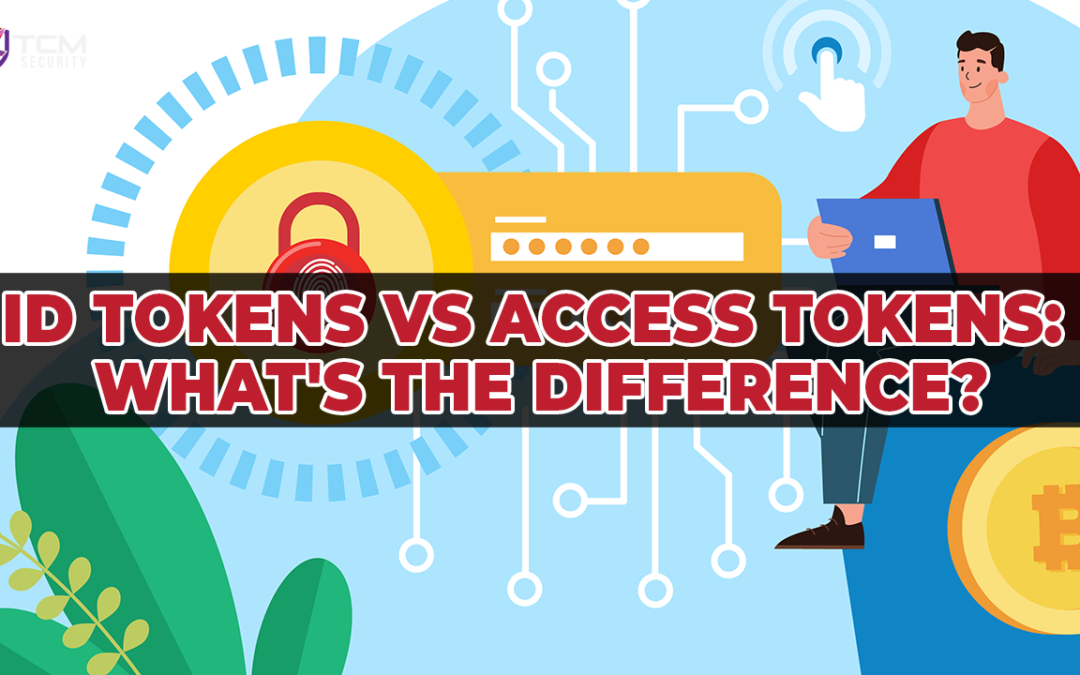In the realm of secure authentication, two key elements often come to the fore: ID tokens and access tokens. Though these elements might seem similar, understanding their differences, common pitfalls, and best practices is crucial in ensuring the security of your applications.
The Differences Between ID Tokens and Access Tokens
ID Tokens are JSON Web Tokens (JWT) that contain claims about a user’s identity, such as their username, email, etc.
Access Tokens are used to grant applications permission to access server resources on behalf of the user. When an access token is presented to a server, the server can verify it and provide the requested data.
Confusing ID Tokens and Access Tokens Leads to Vulnerabilities
Let’s look at how mixing up ID and access tokens can introduce security vulnerabilities.
ID Tokens
The primary pitfall with ID tokens lies in their misuse. Some developers use ID tokens as access tokens, which is incorrect. ID tokens are meant to provide user information to clients, not to authorize access to resources. Misusing ID tokens this way can lead to vulnerabilities, such as unauthorized access to sensitive resources.
Additionally, if an ID token is intercepted and the system doesn’t validate it properly, attackers can impersonate users.
Access Tokens
Access tokens carry their own set of vulnerabilities. Sometimes their short-lived nature can tempt developers to extend their lifespan for convenience, which increases the risk of tokens being intercepted and used.
Furthermore, if they’re stored insecurely (e.g. a common mistake is to put them in local storage), they can be accessed through cross-site scripting (XSS) attacks.
ID and Access Token Best Practices
Best Practices for Using ID Tokens
- Proper Use: Ensure that ID tokens are only used to authenticate users to the client and not to secure APIs or grant access to resources.
- Validation: Always validate ID tokens before use. Check the signature, issuer, audience, and expiration. Some libraries can assist with this process.
- Secure Transmission: Always transmit ID tokens over secure channels (HTTPS) to prevent interception.
Best Practices for Using Access Tokens
- Short Lifespan: Maintain short lifespans for access tokens. If a longer lifespan is necessary, consider using refresh tokens, which allow obtaining new access tokens without prompting the user for credentials again.
- Secure Storage: Store access tokens securely. Avoid storing them in local storage due to the potential for XSS attacks. Consider HTTP-only cookies or server-side storage.
- Scope Limitation: Limit the scope of access tokens to the minimum required. This practice, known as the principle of least privilege, reduces the potential damage if a token is compromised.
Wrapping Up
Understanding the differences between ID tokens and access tokens, their common pitfalls and best practices for handling them can really help increase the security of your systems. Especially as technology moves forward and applications become more complex, following good fundamentals will ensure your system is robust and secure.

About the Author: Alex Olsen
Alex is a Web Application Security specialist with experience working across multiple sectors, from single-developer applications all the way up to enterprise web apps with tens of millions of users. He enjoys building applications almost as much as breaking them and has spent many years supporting the shift-left movement by teaching developers, infrastructure engineers, architects, and anyone who would listen about cybersecurity.
Alex holds a Master’s Degree in Computing, as well as the PNPT, CEH, and OSCP certifications.
About TCM Security
TCM Security is a veteran-owned, cybersecurity services and education company founded in Charlotte, NC. Our services division has the mission of protecting people, sensitive data, and systems. With decades of combined experience, thousands of hours of practice, and core values from our time in service, we use our skill set to secure your environment. The TCM Security Academy is an educational platform dedicated to providing affordable, top-notch cybersecurity training to our individual students and corporate clients including both self-paced and instructor-led online courses as well as custom training solutions. We also provide several vendor-agnostic, practical hands-on certification exams to ensure proven job-ready skills to prospective employers.
Pentest Services: https://tcmdev.tcmsecurity.com/our-services/
Follow Us: Blog | LinkedIn | YouTube | Twitter | Facebook | Instagram
Contact Us: sales@tcm-sec.com
See How We Can Secure Your Assets
Let’s talk about how TCM Security can solve your cybersecurity needs. Give us a call, send us an e-mail, or fill out the contact form below to get started.


